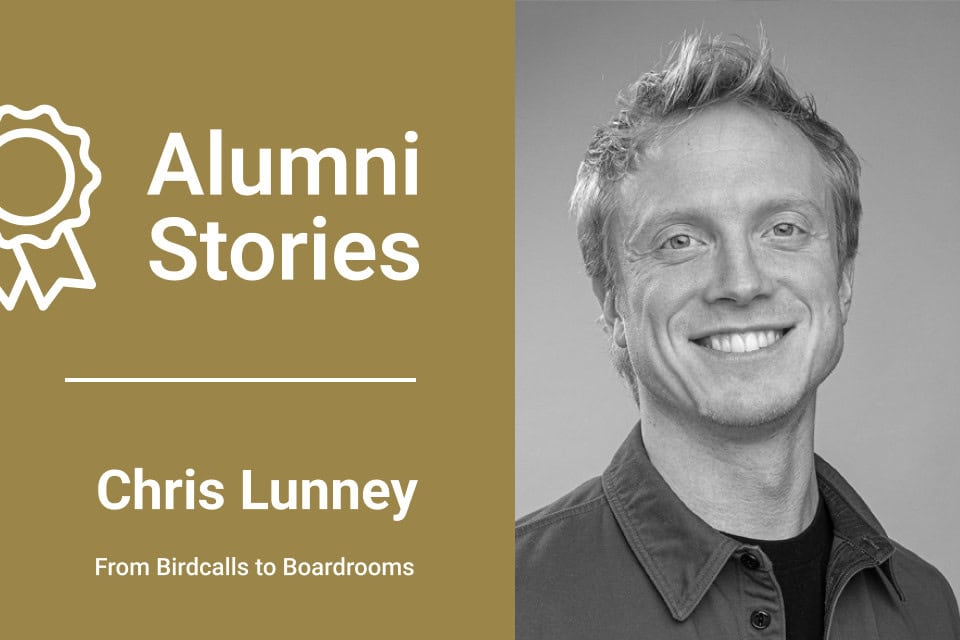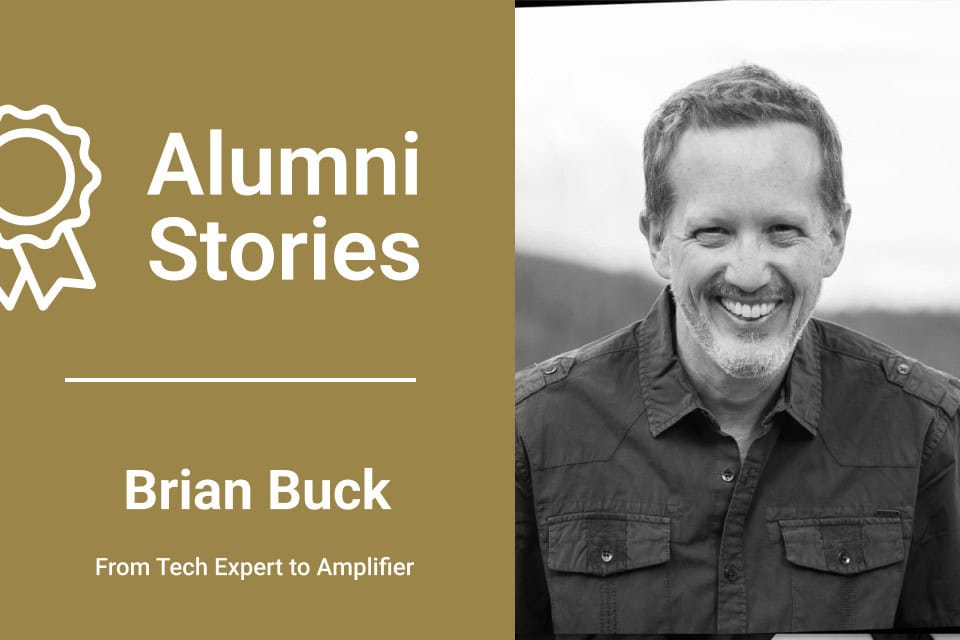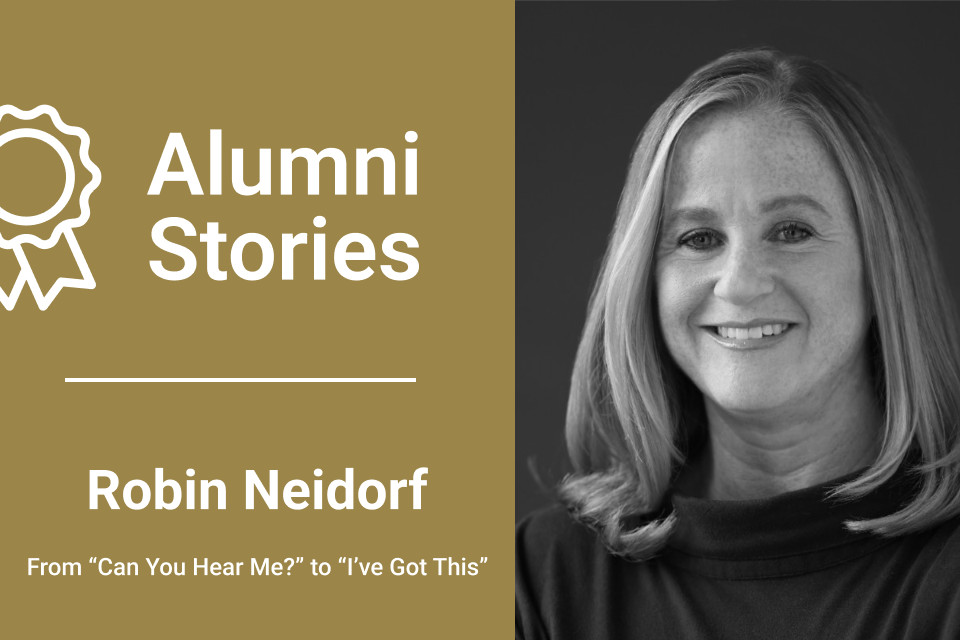From Classroom Educator to Visionary Facilitator
It all started during a time of deep change and reflection. I had spent years in education—teaching kindergarten and third grade, then English in South Korea, and later moving into training teachers in Malaysia and Brunei. My journey through these different settings had always been about helping others learn and grow, and I loved being in front of a group, guiding and making a difference. But when COVID hit, everything shifted. I transitioned out of a traditional classroom setting into something more corporate, supporting educators at Reading Horizons. And that’s when I began to feel it—a void, an unshakable feeling that something was missing. Fulfillment seemed to be slipping away, and I felt restless, yearning for something more.
I couldn’t ignore it. I threw myself into self-reflection, often finding myself staring at the digital vision board I had created—a collection of images that sparked something deep within me. In those images, I was standing in front of groups, leading discussions, creating a sense of connection and momentum. But at the time, I didn’t quite know how to translate those images into reality. What was my expertise? What was my purpose? My career in education had given me a wide range of experiences, but I couldn’t see a clear path forward.
It was during this time of introspection that I began reading books that guided my thinking. One of the books that changed my perspective was “10x Is Easier Than 2x” by Dan Sullivan. It wasn’t about doing more, but about focusing deeply on what truly brought joy and fulfillment. I also read “The Great Work of Your Life” by Steven Cope, which pushed me to uncover my true calling, and “Hero on a Mission” by Donald Miller, which helped me envision the legacy I wanted to create. Through these readings, I began to see a pattern—I was passionate about guiding others, but the missing piece was how to do that without the pressure of being a content expert.

And then, I stumbled upon the idea of facilitation. The realization came slowly, almost as if my subconscious had known all along. Facilitation wasn’t about being the subject matter expert; it was about creating space for others to think, learn, and grow together. The moment I understood that, everything clicked. The images on my vision board, the experiences I had loved most in my career—they were all pointing towards this. I didn’t need to be the expert; I needed to be the guide.
I remember sitting at my desk one afternoon, feeling the weight of my uncertainty, and suddenly I just knew—I needed to look beyond traditional teaching. Facilitation felt like the answer I had been searching for, and I decided then and there that I was going to pursue it fully. It wasn’t about being an expert in every subject; it was about being an expert in guiding others to uncover their own expertise. That shift in thinking was monumental for me.
A Growing Curiosity
Once I had that breakthrough, my curiosity turned into a fire. I wanted to know everything about facilitation—what it looked like, how it worked, and how I could make it my own. I started watching videos on YouTube, searching for facilitators in action. I scoured blogs, read articles, and sought out every piece of information I could find. The more I learned, the more I realized this was exactly what I had been searching for.
But it wasn’t just about consuming information; it was also about understanding how facilitation could fit into the work I was doing. At Reading Horizons, I had moved into a role that was largely behind-the-scenes support, far from the direct engagement I craved. I missed guiding groups, leading trainings, and being in the creative space of planning and executing learning experiences. I began to see facilitation as the bridge between where I was and where I wanted to be.
I remember vividly creating a section in my vision board app dedicated solely to career goals. I chose images that resonated with what I wanted—pictures of people standing in front of groups, leading discussions in a corporate setting. There was a photo of a woman with a flip chart, surrounded by people listening intently, and I knew that was where I wanted to be. I started envisioning myself in that role, and that vision became my guiding light.
I also began reaching out to others in the field, trying to understand their journeys. I connected with facilitators online, joined forums, and even reached out to people whose work I admired just to ask about their experiences. Each conversation brought me closer to understanding what facilitation could mean for me, and each story gave me a new perspective on what it means to lead without dictating, to guide without overpowering. I started practicing small facilitation techniques in my day-to-day work—running more effective meetings, asking better questions, and focusing on drawing out the wisdom of the group rather than imposing my own ideas.
Through all of this, I realized that facilitation wasn’t just about learning new techniques—it was a way to bring together all of my past experiences and create something meaningful. It was the “how” I had been missing, the key to unlocking the next chapter of my professional journey. I wanted to bring people together, help them see new possibilities, and be part of their growth. The spark was there, and I was ready to follow it wherever it led.
Finding Voltage Control
When I finally decided that I wanted to go deeper into facilitation, I turned to Google. I didn’t know exactly what I was looking for, but I knew I needed formal training. I wanted something that would allow me to immerse myself, something comprehensive. I found a few different programs, but it was Voltage Control that truly stood out. Right from the start, something about it just felt right.
Voltage Control’s facilitation certification had everything I was looking for. It was aligned with the International Association of Facilitators (IAF) competencies, which gave me confidence that I would be learning from a program rooted in best practices. But more than that, it was the structure of the certification that drew me in—it wasn’t just a three-day workshop. It was three months of deep, immersive learning, with opportunities to practice, reflect, and grow.
I remember the exact moment I decided to apply. I was sitting at my kitchen table, laptop open, reading through the program details for the fifth time. The emphasis on experiential learning, the practical exercises, and the chance to be part of a cohort—all of it spoke to me. I could imagine myself there, learning alongside others who shared my passion for creating meaningful change. It wasn’t just about getting a certification; it was about transforming how I engaged with others.

The scholarship program was also a deciding factor for me. It made this dream accessible, and when I received the scholarship, it felt like the universe was telling me, “This is the path you need to take.” The more I read about the program, the more excited I became. I watched videos, read alumni stories, and downloaded an ebook about meetings. I wanted to consume everything Voltage Control had to offer before I even applied. I remember coming across an alumni story from someone with a background similar to mine—an educator who had found her passion in facilitation—and I felt like I was reading my own future.
I attended a virtual info session, and that’s when I knew without a doubt that this was what I needed. Listening to other facilitators speak about their journeys, the challenges they had faced, and the way facilitation had changed their approach to leadership, it all resonated so deeply. I wanted that transformation for myself. I wanted to be part of a community that valued growth, reflection, and the power of guiding others toward meaningful outcomes.
Certifying My Vision
Going through the certification process was transformative. It wasn’t just about learning new skills; it was about discovering who I wanted to be as a facilitator. Near the end of the program, we had to present our vision—how we wanted to show up in the world of facilitation. This exercise forced me to think deeply about my strengths, my passions, and how I could use facilitation to make an impact.
For me, it was about being a visionary. I wanted to help groups see what was possible and guide them toward that future. My number one strength, according to the StrengthsFinder assessment, is being futuristic, and that became a cornerstone of my vision. I realized that my strength was in seeing potential, in envisioning what could be, and using facilitation as a tool to help groups move from where they were to where they wanted to be.
The presentation of my vision wasn’t just an assignment—it was a powerful moment of self-affirmation. As I spoke about my desire to help create “positive peace”—a state of active well-being and collaborative growth—I could feel my purpose solidifying. Positive peace became my rallying cry. It wasn’t enough to avoid conflict; I wanted to help groups actively build something better, to contribute to their environments in meaningful ways.
Working with my cohort was another highlight. There was one peer in particular who was always asking the hard questions, the kind that made me stop and really reflect. It was challenging, but it was exactly what I needed. The whole environment was one of support and collective growth—everyone was committed to learning, to becoming better facilitators, and to helping each other along the way. The process of giving and receiving feedback, the “pluses and deltas,” was incredibly valuable. It helped me see my blind spots and provided clear guidance on how to improve.
The practical aspects of the certification were equally rewarding. I remember the first time I facilitated a session for my cohort—it was a mix of nerves and excitement. I was prepared, but facilitation isn’t just about preparation; it’s about reading the room, responding in the moment, and being open to what emerges. My cohort’s feedback after that session was invaluable—they pointed out strengths I hadn’t recognized in myself, and they gently highlighted areas for growth. That experience was pivotal in helping me understand my own facilitation style and how I could refine it.
From Realization to Transformation
Since completing the certification, facilitation has become an integral part of my role at Reading Horizons. The first major opportunity came when I was asked to facilitate a session with our executive team. We needed alignment on a major partnership decision, and I knew this was my chance to put my skills to the test. I was nervous—this was the C-suite, after all—but I trusted the process I had learned. I made sure that every voice was heard, that the conversation moved forward constructively, and by the end of the session, we had reached consensus. The feedback was incredible—they told me it was one of the most productive meetings they had ever had.
From there, more opportunities began to open up. I facilitated strategy sessions, and I was even asked to lead the creation of an advisory council made up of educators—something our Chief Academic Officer, Stacey, had been dreaming of but didn’t quite know how to execute. I used the skills I had learned at Voltage Control to design and facilitate those meetings, and it was incredibly rewarding to see it come to life. Stacey even joked that facilitation should be my full-time role, and honestly, that’s exactly what I want.
Another memorable moment came when I facilitated an “innovation lab” with our strategy team. My supervisor let me try something new with the team—facilitating a session focused on innovation and idea generation. I used tools like the cover story exercise, which I had learned during the certification, to help the group think beyond the present and envision bold new possibilities. It was such a success that our Chief Strategy Officer, Stephanie, asked me to facilitate a multi-week 10x Idea Lab series to help the organization think more innovatively. It was an idea lab inspired by the book “10x Is Easier Than 2x.”
In addition to these formal opportunities, I began incorporating facilitation into day-to-day interactions at work. I found myself using facilitation techniques during team meetings—making space for everyone’s input, asking open-ended questions, and ensuring that quieter voices were heard. The impact was tangible. Meetings that had once been dominated by a few voices became more balanced, and our team started generating better ideas and making more thoughtful decisions.
I also took what I had learned into other spaces, volunteering to facilitate workshops for community groups and even leading some sessions on intercultural understanding—a passion project that allowed me to combine my love for education with my new facilitation skills. These experiences taught me that facilitation is not just about corporate environments; it’s a way of leading that can create meaningful change in all areas of life.
What’s Next
Looking ahead, I see facilitation as being at the core of my professional journey. Ideally, I would love to do this work full-time—either within my current company or independently, working with a variety of organizations across different sectors. The idea of “positive peace” really resonates with me. It’s not just about the absence of conflict; it’s about actively creating the conditions for positive growth and meaningful change. That’s what I want to help organizations do.
I also want to broaden my experience—working with different types of groups, in different industries, on different kinds of problems. I want to help people align around a shared vision, solve complex challenges, and innovate. Facilitation has given me the tools to do that, and I can’t wait to see where this journey takes me next.
One of my dreams is to create a network of facilitators dedicated to positive change—people who see facilitation not just as a job, but as a calling. I envision hosting retreats, running training programs, and building a supportive community where facilitators can learn from each other and grow together. There’s something incredibly powerful about a group of like-minded individuals coming together with the intention of making a difference, and I want to help create that space.
If you’re considering Voltage Control’s facilitation certification, my advice is simple: just do it. Be ready to be challenged, to shift your perspective, and to grow in ways you can’t yet imagine. This is not just a skill-building exercise; it’s an opportunity to transform how you engage with others, how you lead, and how you contribute to the world around you. Facilitation is powerful—if you feel the pull, follow it.


